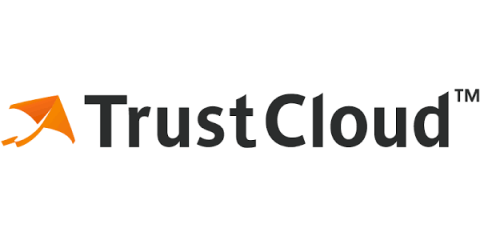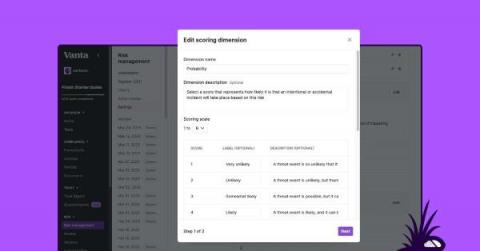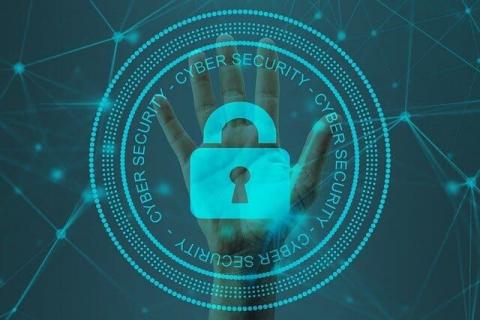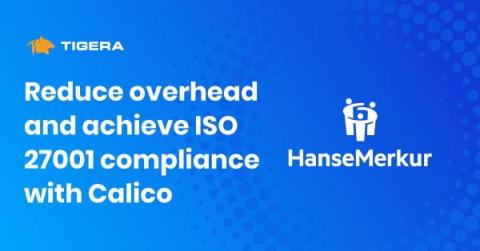Our approach to threat modeling
In this series, you’ll hear directly from Vanta’s Security, Enterprise Engineering, and Privacy, Risk, & Compliance Teams to learn about the team’s approach to keeping Vanta — and most importantly, our customers — secure. The following post comes from our Security Team and explains our approach to threat modeling.











